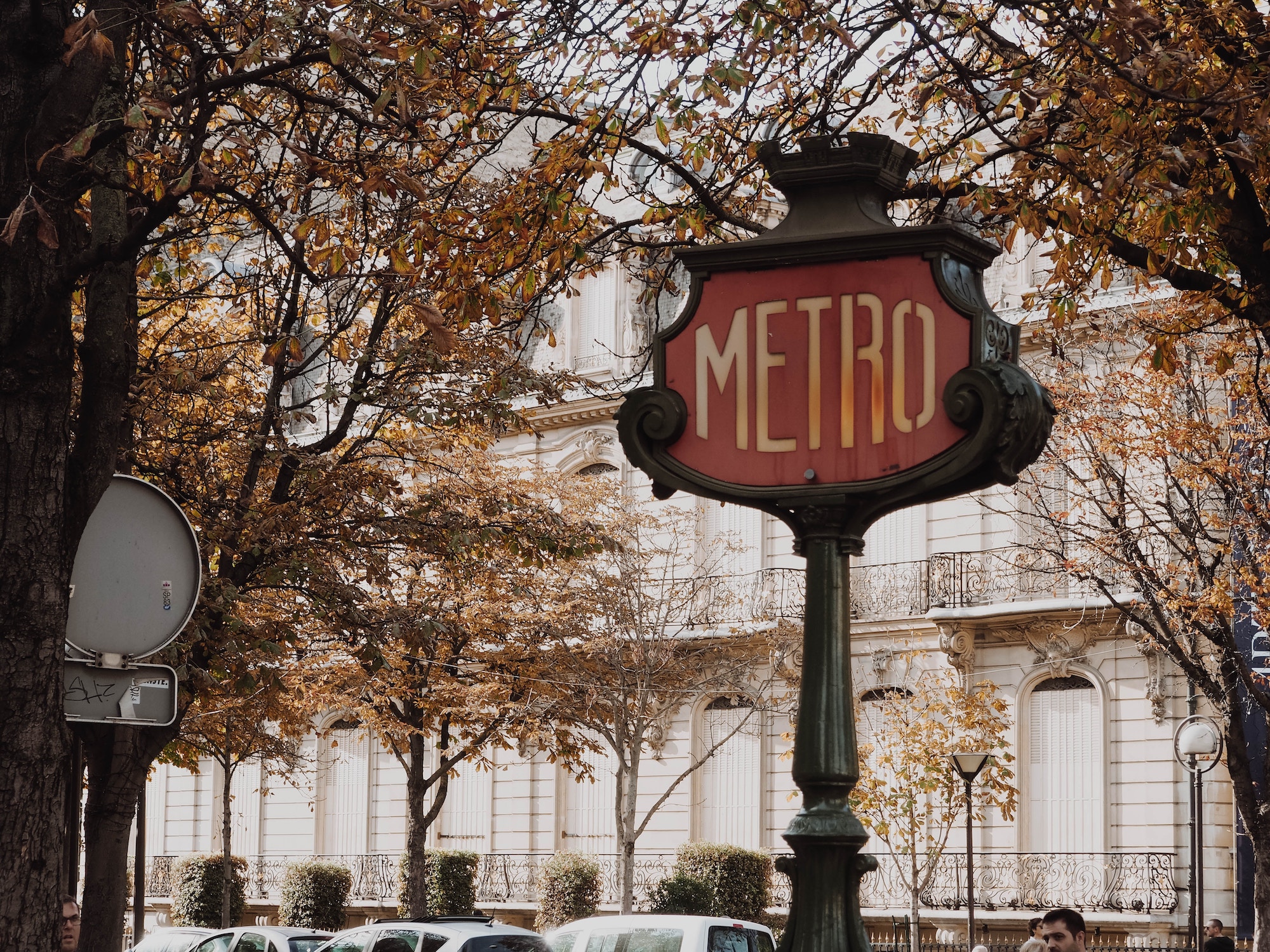
In the past year alone, major European cities like London and Paris have seen public transportation systems screech to a halt during worker strikes. In November 2019, members of the Rail, Maritime and Transport (RMT) union in London walked out to dispute abuses of procedures, pay arrangements, and harassment of staff. Meanwhile, at the time of publication, Parisians have participated in the longest transit strike in more than 50 years over retirement benefits.
So, what does this mean for business and leisure travelers heading to these and other major cities? Well, it depends on the city and the cause. In Paris, half of its regular high-speed train routes have been canceled due to the strikes. Further, only about 25 percent of intercity trains and about a third of regular trains are running in the Paris region. Most Metro lines in Paris are continuing to run, thanks in part to fully automated trains, like those found on Line 1. Trains are arriving less frequently, however, and disruptions to service are likely.
In addition to transit, the strikes and nationwide protests have affected tourist sites, as well. Employees at the Eiffel Tower, Musée d'Orsay, and the Palace of Versailles have all walked out in solidarity with protestors and the movement, causing all three tourist destinations to temporarily close at various times during the strike.
As a result of the transit slowdown, restaurants and small businesses are suffering. Patrons are either unable to come in to and/or get around the city—or unwilling to tangle with the traffic, disruptions and delays associated with the strike.
If you have upcoming travel plans to Paris or another destination in a transit emergency—whether it’s being caused by a strike, environmental factors, power or technical failures, or something else—here’s what you can do to ensure you can traverse the city with as little interruption as possible.
Leave plenty of time to reach your destination
Arriving on-time for our 9 PM dinner reservation in the 11th arrondissement would typically have meant leaving 20 minutes ahead of time. However, with traffic delays exasperated by (1) a long Uber wait time that ultimately ended in the driver canceling and (2) difficulty hailing a cab once we abandoned the Uber route, our journey time more than doubled. Thankfully, the restaurant was very understanding of our late arrival—the new normal, it seemed.
Take to social media
For real-time updates on service delays, start following the Twitter handles of local transit authorities. For example, Paris’s RATP Group provides daily traffic updates for Metro, RER, bus, and tram lines via Twitter. Don’t speak the local language? You can translate tweets directly in the Twitter app or download the Google Translate app to quickly copy/paste/translate an update.
Seek alternate modes of transportation
While most big cities are highly walkable, doing so is not always feasible—or fashionable. Our advice? Take a nod from the locals and leverage bike- and electric scooter-share programs to reach your destination.
In Paris, Vélib’ Métropole bike-sharing program has more than 18,000 bikes (30 percent of them electric) and 1,200+ docking stations. JUMP, the electric bike share program by Uber, is also available in cities like Paris, London, Rome, and more.
Electric scooter programs such as Lime, Bird, and Berlin-based Tier are also widely-available to help you navigate Paris and other cities under transit strike.
Leverage TripIt Pro
Savvy travelers know TripIt is more than an itinerary aggregator—it’s the travel app the keeps you updated at every step of your trip. And when you’re visiting a destination with a transit strike, TripIt has your back. For instance, the Navigator feature helps travelers search available transportation options. It will show you the estimated costs and travel times for each option, so you can decide which works best. You can find Navigator within your flight, hotel, and rental car details screens.
Then there’s Map View. When looking at your trip in Map View, you’ll have a pin for each plan so you can see where you’re going next and get an idea of the distance between all of the locations in your trip. You can also navigate to the plan details screen or see transportation options from Map View, making it even easier to get from point A to point B during the course of your trip. Simply tap any pin on the map to see the plan in the carousel at the bottom of the screen or swipe through the carousel to see the map for a particular plan. You can then tap “See Details” to see the entire plan or “See Transport Options” to find the best way to get to any location in your trip from your current location or from any other plan in your trip.
Finally, there’s Nearby Places, the feature which spotlights the cafés, bars, restaurants, ATMs, and more, close to the addresses within your itinerary. For instance, the Airbnb you booked for your trip to Paris has 10 cafés located less than 0.1 miles from it—critical intel for fueling up ahead of your (newly planned) bike journey around the city.

